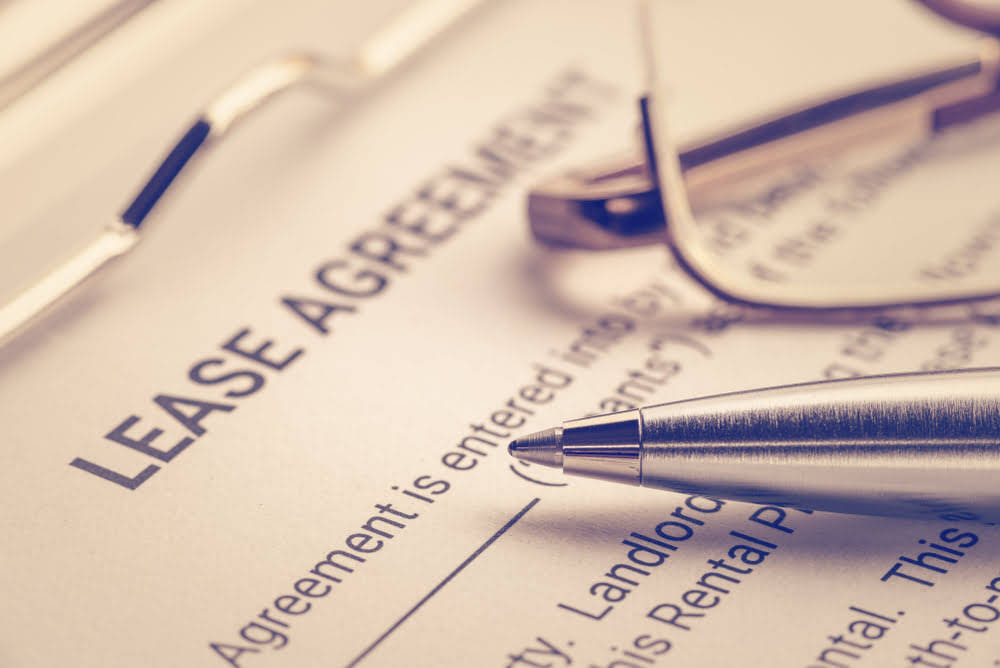
The salvage value is used to determine annual depreciation in the accounting records, and the salvage value is used to calculate depreciation expense on the tax return. Book value (also known as net book value) is the total estimated value that would be received by shareholders in a company if it were to Bookkeeping for Consultants be sold or liquidated at a given moment in time. Net book value can be very helpful in evaluating a company’s profits or losses over a given time period. With AI-powered systems, companies can automate asset tracking, predict wear and tear, and estimate end-of-life value more precisely.

How to Determine Fixed Asset’s Salvage Value
- A lower depreciation expense, resulting from a higher salvage value, can reduce cash flow from operations.
- To calculate the salvage value, you’ll need the original price, depreciation percentage, and asset age.
- The first estimates the amount of years an asset can be used and then looks at the marketplace to see the sales price of similar assets of the same age.
- As we can see, there are many factors that affect salvage value, and they can have positive or negative impacts depending on the situation.
- ABC Company buys an asset for $100,000, and estimates that its salvage value will be $10,000 in five years, when it plans to dispose of the asset.
However, since its value has depreciated over time, it will no longer be the same price that you bought it for. The annual depreciation expense is then subtracted from the initial cost to determine the book value over the years. Book value is calculated by subtracting accumulated depreciation from the asset’s original purchase price. Salvage value, also known as residual value, is the estimated amount an asset accounting is expected to fetch at the end of its useful life when it is disposed of or sold. Salvage value also plays a critical role in tax calculations and legal compliance. Tax laws, particularly in the U.S. and Europe, require accurate reporting of salvage values for depreciation and asset valuation.

How to Calculate Deferred Revenue for Your Business Easily
- Gains or losses may arise depending on the asset’s book value relative to the sale price.
- Residual value is the estimated worth of an asset at the end of its useful life or lease term.
- The value of the asset is recorded on a company’s balance sheet, while the depreciation expense is recorded on its income statement.
- This estimate is taken into consideration for the future since no one can really tell the state of assets after their useful life has passed.
- It’s the amount a company thinks it will get for something when it’s time to say goodbye to it.
If the asset is sold for less than its book value then the difference in cost will be recorded as the loss of the tax values. In this situation, the salvage values calculated are less than the book value. The salvage price of the asset and scrap value calculation are based on the original price and depreciation rate. The salvage value calculator cars and vehicles is useful when you are suspicious about the price of the car while including the depreciation of the asset. Next, the annual depreciation can be calculated by subtracting the residual value from the PP&E purchase price and dividing that amount by the useful life assumption. Starting from the original cost of purchase, we must deduct the product of the annual depreciation expense and the number of years.

A Beginner’s Guide to Calculate Z Spread in Finance

It is the value a company expects in return for selling or sharing the asset at the end of its life. By integrating financial data and automating calculations, Deskera ERP ensures accuracy and consistency in determining salvage values across various asset categories. Salvage value is a critical concept in accounting and financial planning, representing the estimated residual value of an asset at the end of its useful life. Remember, the goal isn’t to make a perfect prediction (that’s almost impossible) but to make a solid estimate that helps you plan. Whether leasing a car, buying manufacturing equipment, or managing a fleet of vehicles, understanding residual value puts you in a better position to make sound financial decisions.
Where Prepaid Expenses Appear in the Balance Sheet and Income Statement
In conclusion, knowing how to calculate an asset’s salvage value is a vital aspect of financial planning and accounting. By understanding different calculation methods, you can ensure accurate estimations and make better-informed decisions regarding your assets’ worth over time. From an accounting perspective, it affects companies’ depreciation and amortization expenses. In this way, it influences capital budgeting decisions by helping determine the total cost of ownership and whether to buy versus lease.
- For example, if the machinery of a company has a life of 5 years and at the end of 5 years, its value is only $5000, then $5000 is the salvage value.
- Generally, salvage value increases the NPV and IRR of a project, as it reduces the net investment and increases the net cash flow.
- Salvage value helps to figure out how much your old stuff is worth when it’s done being useful.
- Let’s delve into this topic from various perspectives, exploring its significance, calculation methods, and practical implications.
- It is reported on financial statements, such as the balance sheet and income statement, and can affect a company’s financial position and performance.
- Some companies say an item is worth nothing (salvage value of $0) because they think it has paid for itself by making money over time.
Market conditions and demand
The depreciable amount is like the total loss of value after all the loss has been recorded. The carrying value is what the item salvage value is worth on the books as it’s losing value. Salvage value is estimated based on factors like the asset’s original cost, expected useful life, anticipated wear and tear, and potential market value at the end of its life. Companies may use historical data, industry standards, or professional appraisals to make this estimation. Yes, companies may assign a salvage value of zero to an asset, especially if its residual worth is minimal or disposal costs are high. Depreciating an asset to zero can simplify accounting and maximize depreciation expenses for tax purposes.
